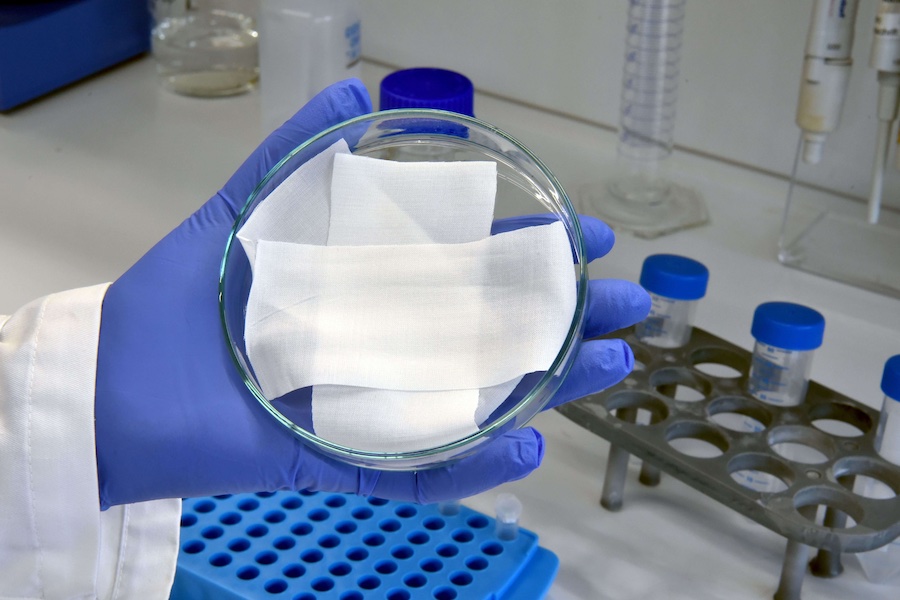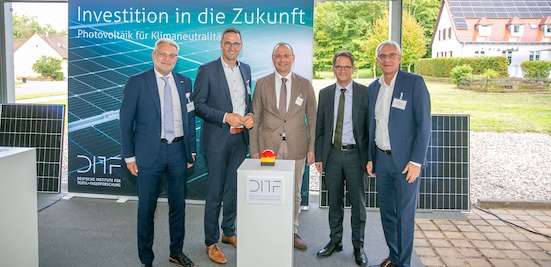#Research & Development
Denkendorf fiber chart revised

The overview shows all important natural and synthetic fibers in SEM, microscope, and fiber array images, as well as a force-elongation diagram for each. It describes their chemical properties with key characteristic values such as specific strength, elongation, or hysteresis. Relevant brand names complete the overview and enable reliable guidance in the selection of materials for various products.
The Denkendorf Fiber Chart has a long tradition and has been a household name in the textile world for decades. With their many years of testing experience, participation in standardization committees, and numerous industry contacts, the scientists in Denkendorf worked closely with manufacturers and users to compile a comprehensive chart more than 50 years ago. The third edition of the Denkendorf Fiber Table is available as a poster and in digital form. The online platform offers a search function for fiber properties, allowing individual fibers and their properties to be compared. Data sheets and high-resolution images complete the offer.
In July, the DITF web shop was launched, enabling the textile research center to transfer knowledge. In addition to the fiber table, publications on research results and tickets for specialist events can be purchased.
















